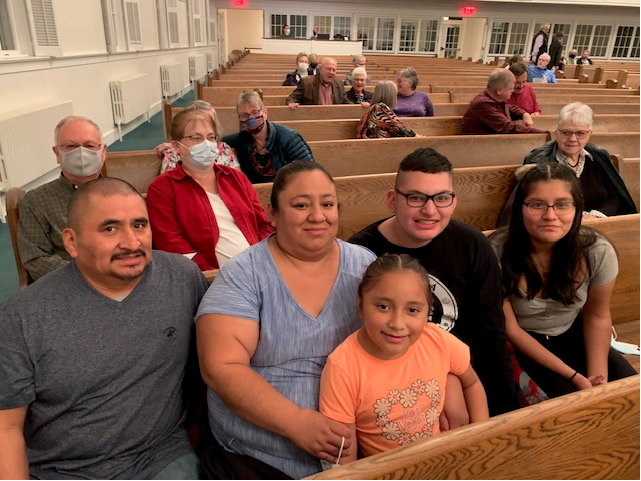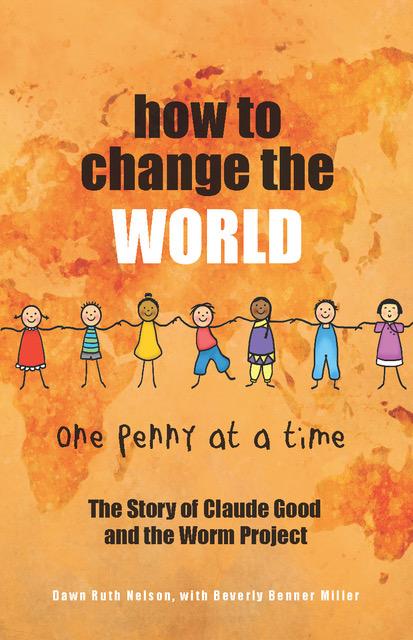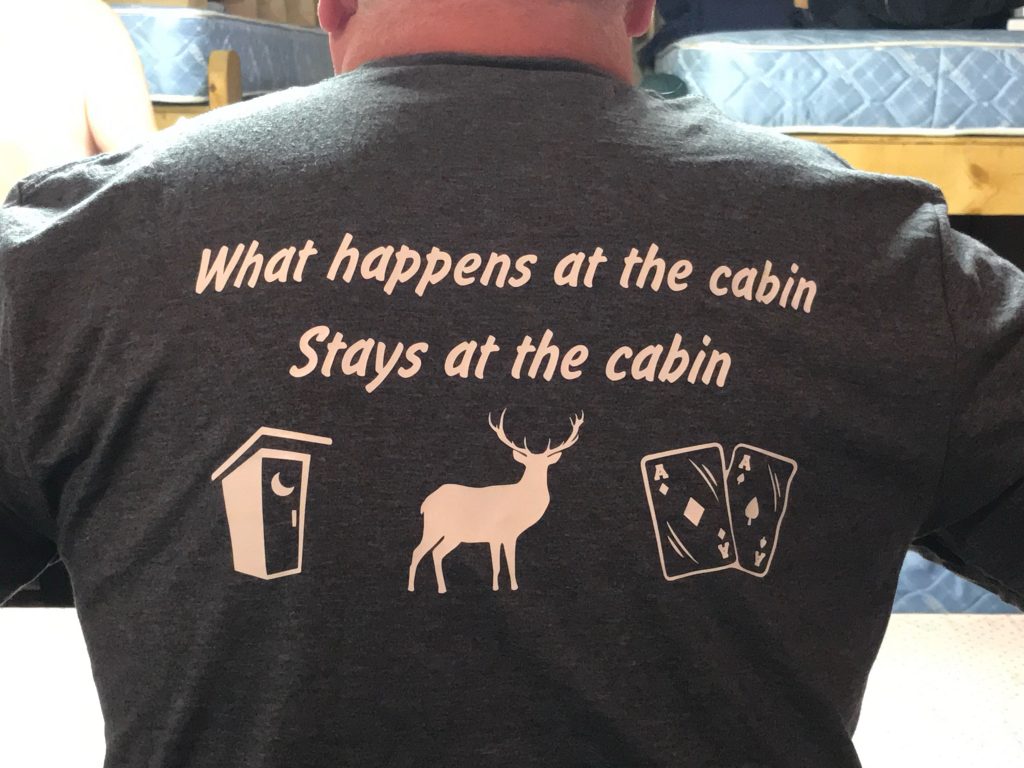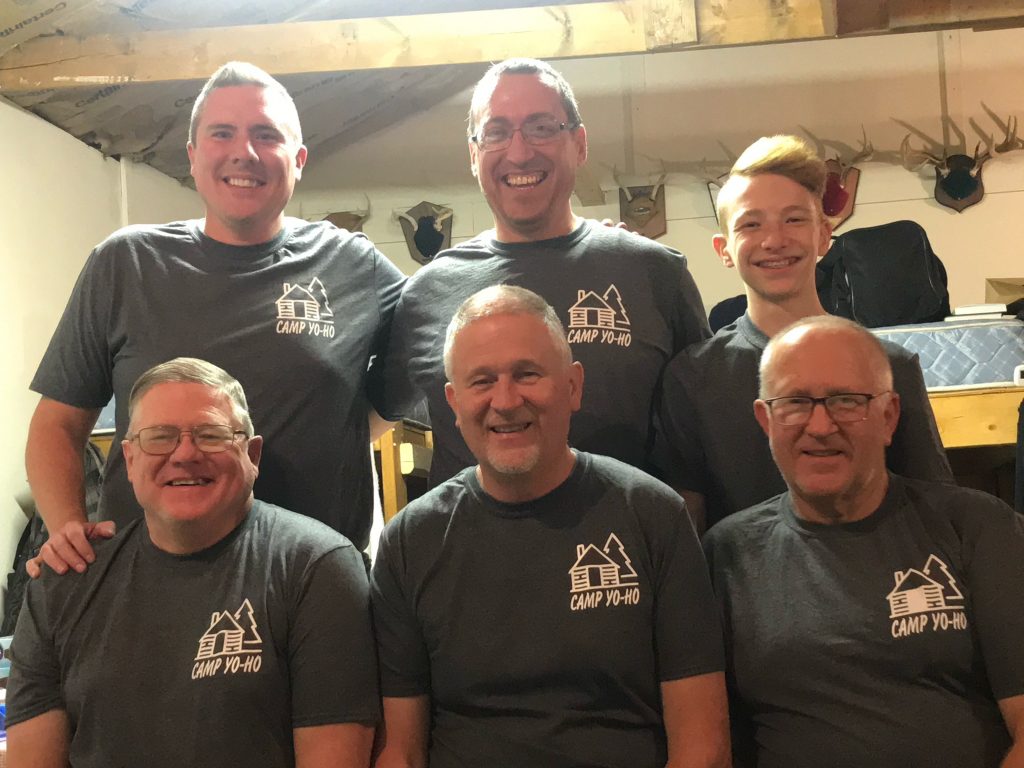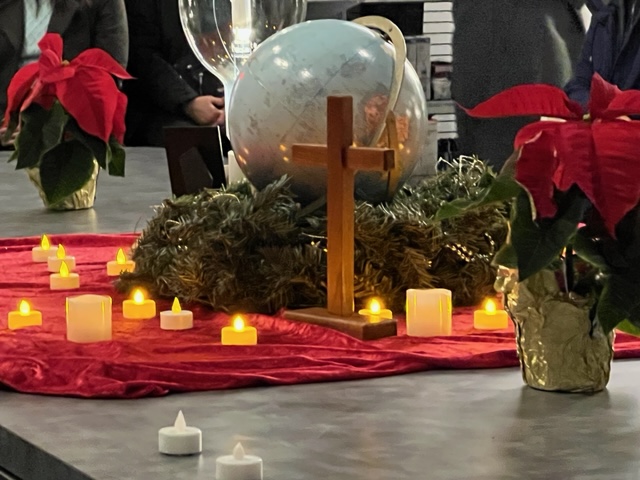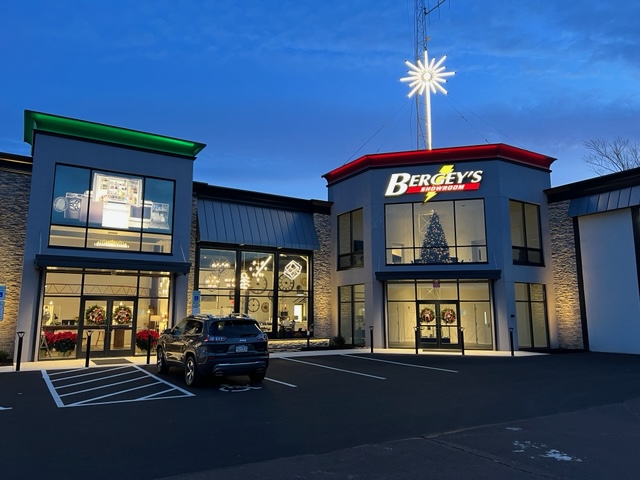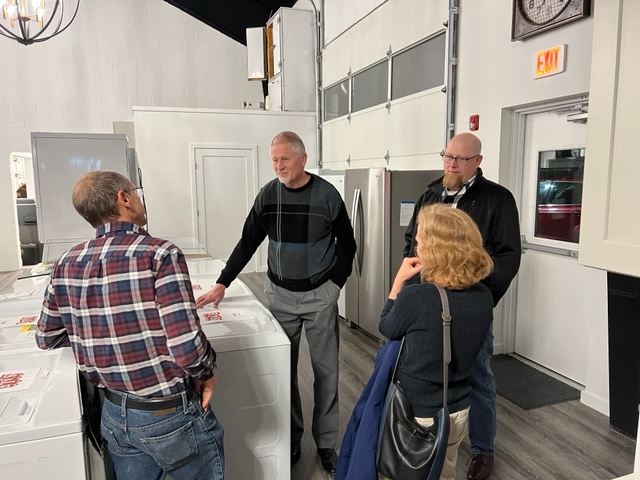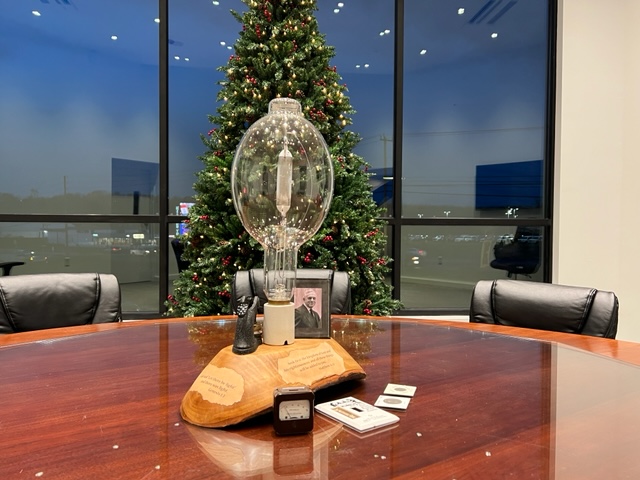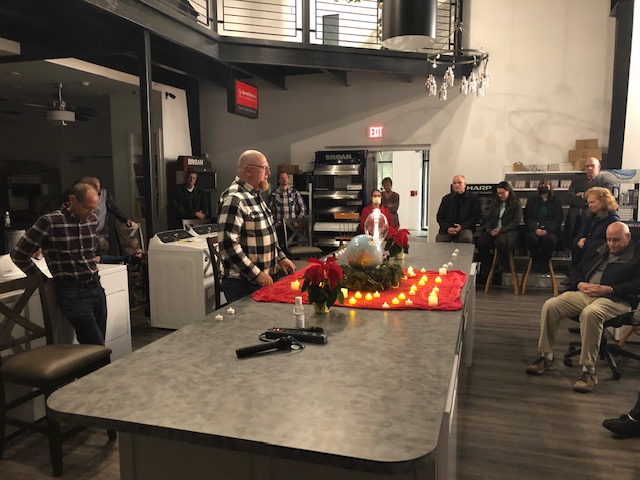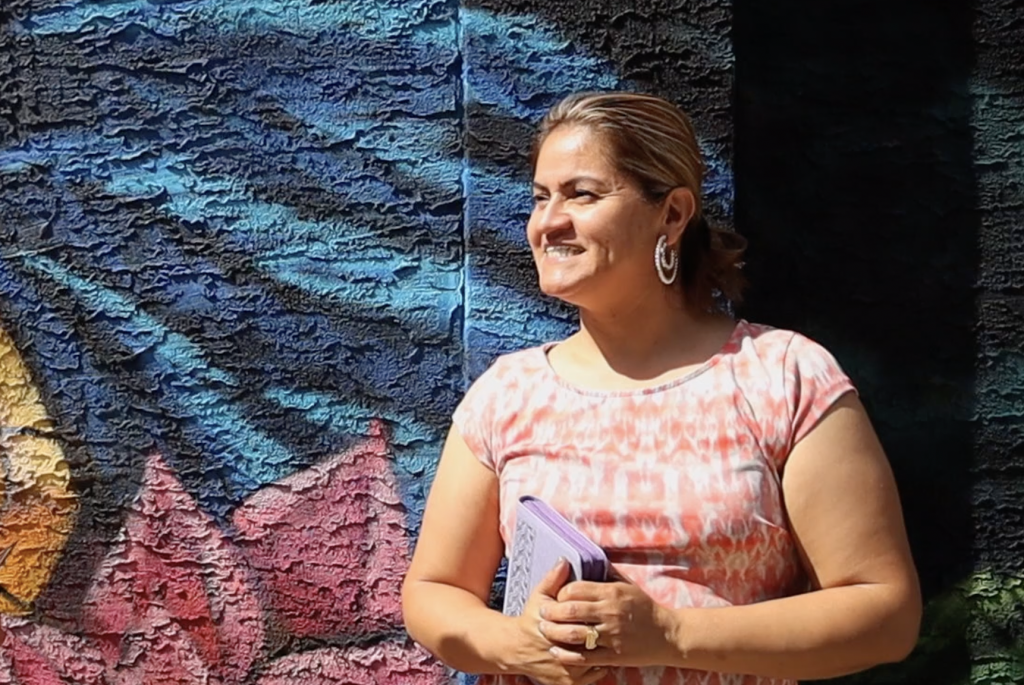In May of 2021, my wife, Sandra, and I visited New York City to celebrate our 51st wedding anniversary. We were returning to the city that received us in the 1970s. We lived in New York City for eleven years and two of our children were born there.
New York City is “a planetary city,” as described by Colombian author Diana Uribe, because it has residents, communities, restaurants, and languages from almost every corner of the world. When we first arrived in New York in the 1970s, we resided in Astoria, Queens, an area of mostly Greek and Italian communities. It was common to see ads in Greek and Italian and to hear these two languages mixed with English. It was rare to find people who spoke Spanish.
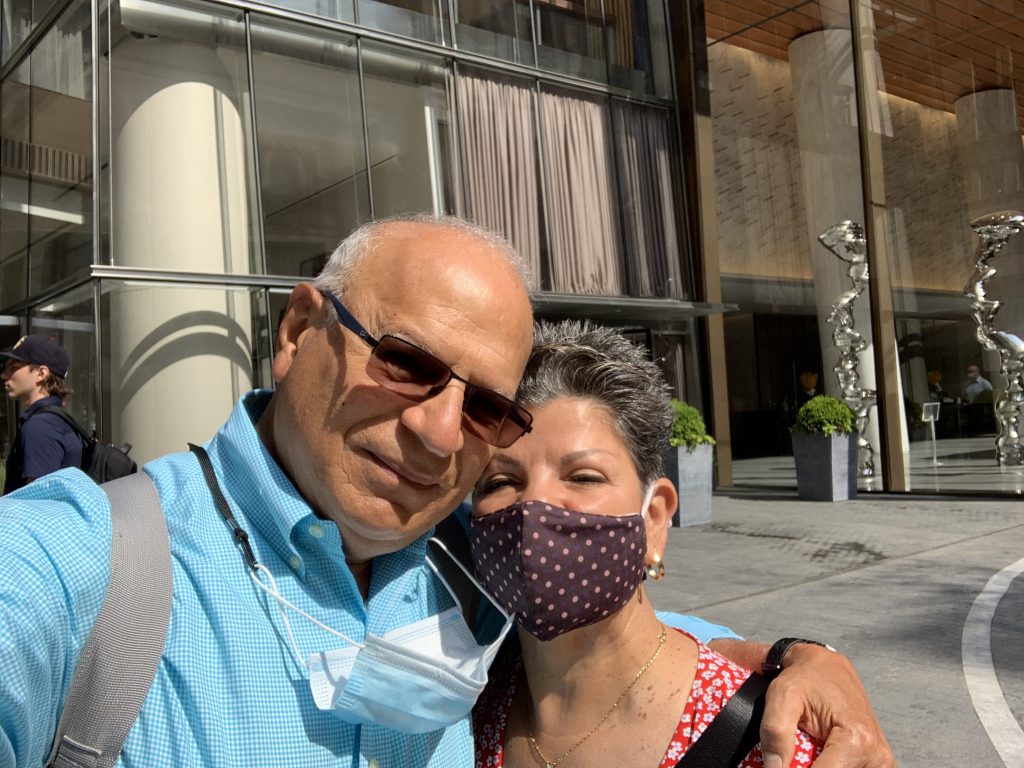
Our plan, as part of our anniversary celebration, was to visit some of the places where we lived. We wanted to walk the streets again, travel by train/subway, remember the stations, and identify where the shops, restaurants, and laundromats were. We wanted to go back to the past and live it again for a moment.
Everything had changed, or our minds played tricks on us trying to remember. We went down the stairs of a train station in Astoria, a station that we used several hundred times. We walked a block and to our left we discovered the place where the supermarket was located and where we bought groceries. We arrived at the corner and there in front of us, imposing and dazzling, was the apartment building that we welcomed our children, Zandra and Javier, as newborns, a year apart. What a surprise! To the right of the apartment building was our laundromat.
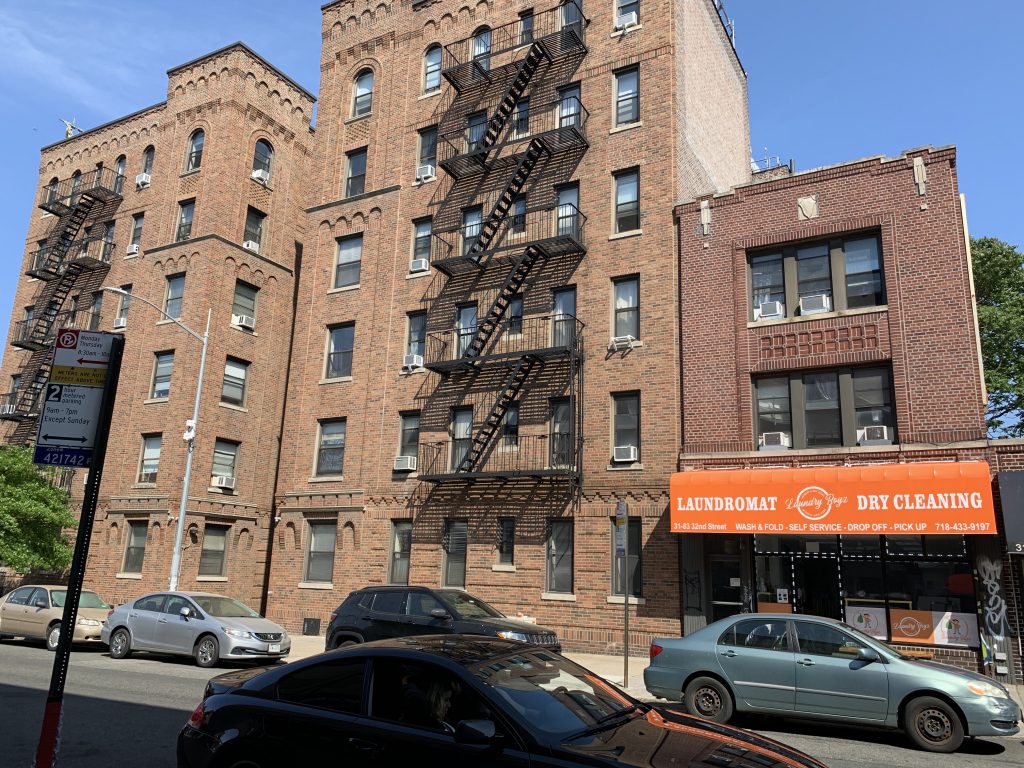
Photo by Marco Güete.
Many years ago, on one bright, sunny, spring afternoon, my wife arrived at the laundromat. She was pregnant with our second baby. She rolled her laundry cart and our one-month-old daughter in her baby carriage. Until today, I never asked myself the question, how did she manage both?
In the laundromat Sandra met a neighbor and her baby. They two began a conversation, and our neighbor told Sandra that she would like to introduce us to the pastor of the church where she attends. A few days later, our neighbor arrived at our apartment with the pastor, introduced him, and left immediately to take care of her baby, whom had left her alone for a few moments.
That day, with great wisdom, love, and knowledge of the scriptures, the pastor told us about Jesus and invited us to receive him in our hearts and become followers of him. That day my wife and I began the pilgrimage of discovering and knowing how to become followers of Jesus. This has been a wonderful learning process for over 46 years, where our trust and faith in God grows daily.


